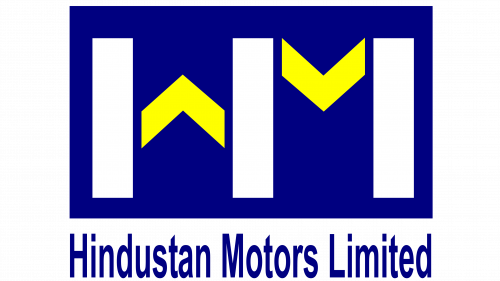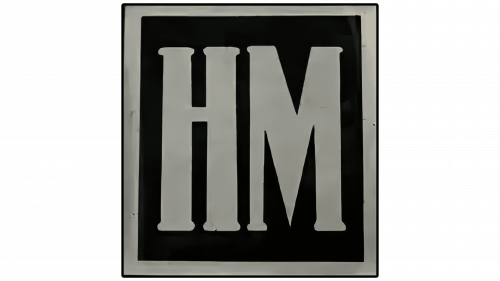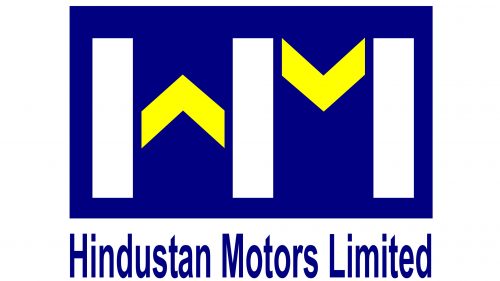The Hindustan Motors logo embodies continuity and originality. Like a road with endless movement, the emblem signifies development and constant growth, emphasizing a love for cars as the perfect means of transportation.
Hindustan Motors: Brand overview
Founded in 1942 by B.M. Birla in Kolkata, Hindustan Motors is one of India’s foremost automobile companies. Initially, the company specialized in assembling cars, acquiring licenses from global automakers such as General Motors, Chrysler, and Morris Motors. However, 1957 marked a significant turning point for the company with the launch of the Ambassador car, modeled after the 1956 Morris Oxford. The car soon became a symbol of Indian roads, and throughout the 70s and 80s, it enjoyed a reputation as the favorite car of Indians.
The liberalization of the Indian auto industry in the 1980s ushered in a new era of competition, and as a result, Hindustan Motors’ dominance was greatly reduced. Subsequent attempts to revitalize the brand, including the launch of new models such as the Contessa and Trekker, brought only modest market success in the 1990s and early 2000s. Financial difficulties led the company to discontinue the iconic Ambassador model in 2014, signaling the end of more than five decades of continuous production.
Today, the company has abandoned automobile production and focuses on parts and engineering services. Although Hindustan Motors is no longer a significant figure in the Indian automobile world, it remains a symbol of the country’s early start in the automobile industry before modern giants like Maruti Suzuki emerged.
Meaning and History
Old
The first emblem of Hindustan Motors featured a square shape, symbolizing stability and harmony. Inside the square, on a black background, were the capital letters “H” and “M,” representing the company’s initials. This design was simple and easily recognizable, helping the brand establish its identity in the market.
The gray border of the square had significant meaning. It emphasized the safety and reliability of the company’s products. The border symbolized the support and protection the manufacturer received from the Indian government. This support was crucial at the time, as Hindustan Motors played a key role in India’s automotive industry and represented the interests of the national economy.
New
The Hindustan Motors logo uses three vertical white rectangles and yellow diagonals to represent the letters “H” and “M.” This design subtly resembles a tire tread pattern or a stylized road marking with arrows. The entire pattern is enclosed in a large blue quadrilateral. Below this design, “Hindustan Motors Limited” is written in blue with compact letters.
The yellow diagonals on the white rectangles symbolize innovation and forward movement. The blue color conveys reliability and strength, reinforcing the company’s reputation. The compressed lettering gives it a modern look, aligning with contemporary design trends focusing on minimalism and efficiency.
The vertical white rectangles and yellow diagonals suggest motion and progress, key aspects of the automotive industry. The tire tread-like pattern references the core product, while the road marking highlights the company’s direction and drive toward the future.
The blue quadrilateral adds stability and trustworthiness. Blue is often associated with dependability and professionalism, reinforcing Hindustan Motors’ commitment to quality. The modern, compact “Hindustan Motors Limited” lettering ensures the logo is sleek and contemporary.






